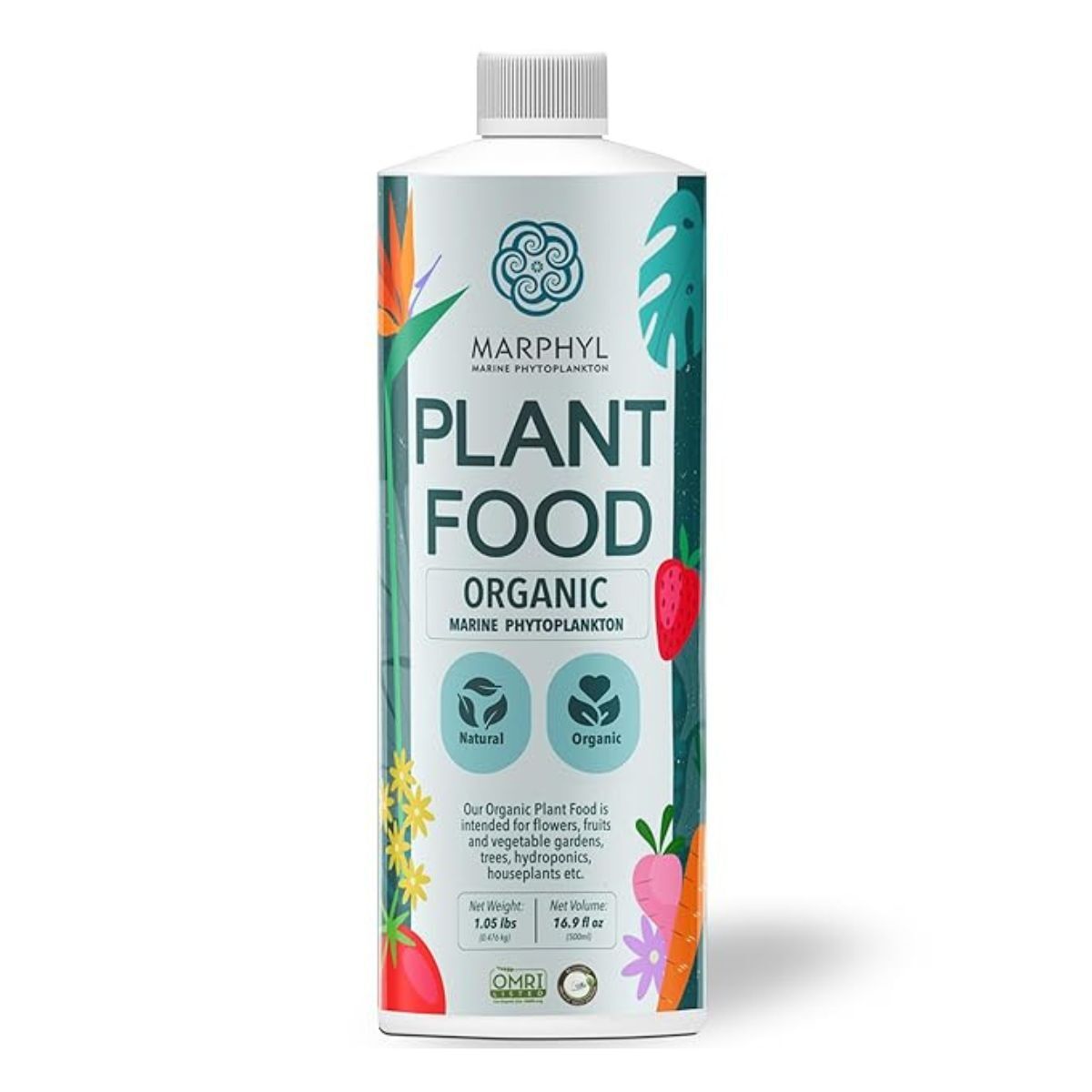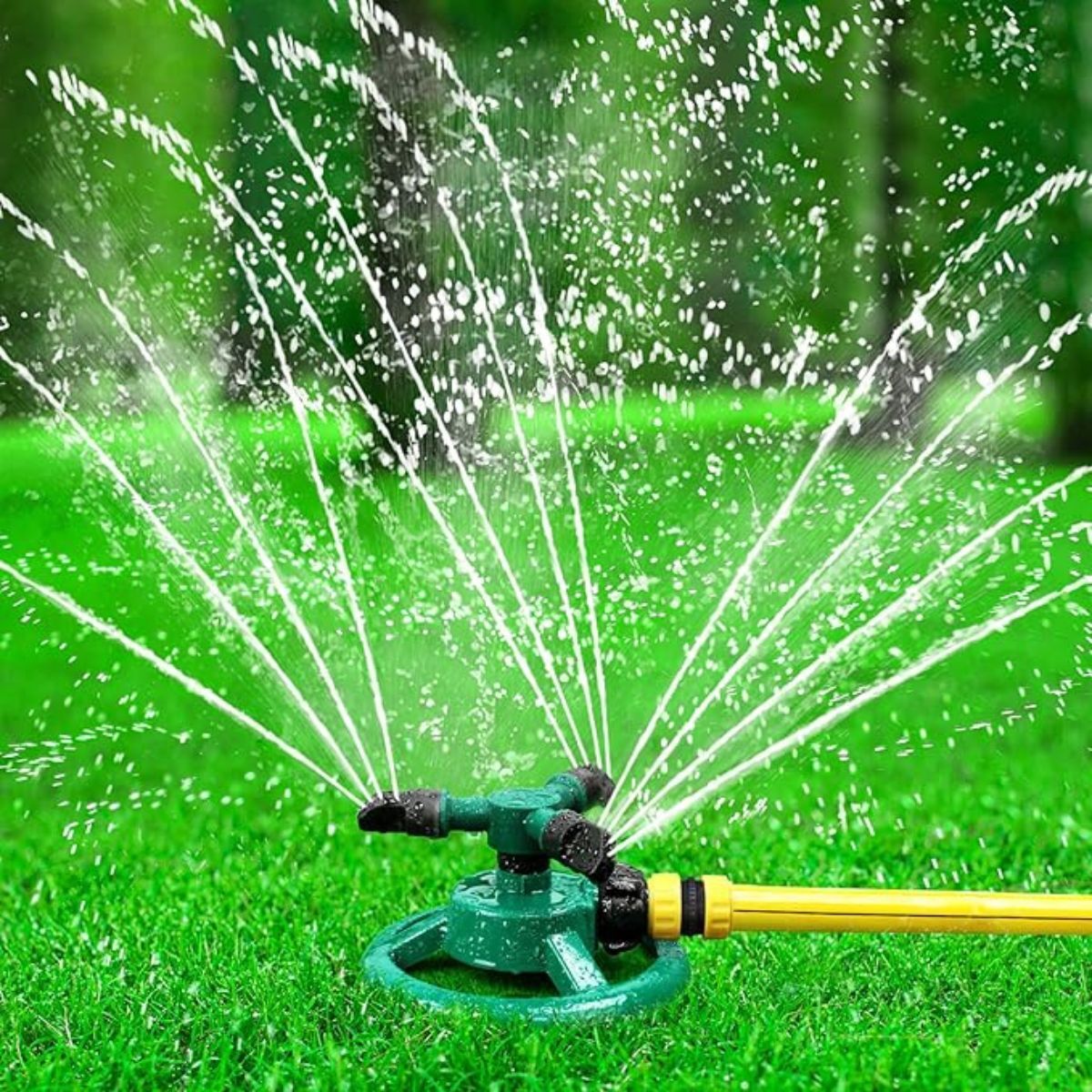Traditional, tawdry bedding plants are out – 7 plants you need to grow instead that have far more soul
The gardening community has called time on distasteful bedding plants. Here are the alternatives that your garden needs instead

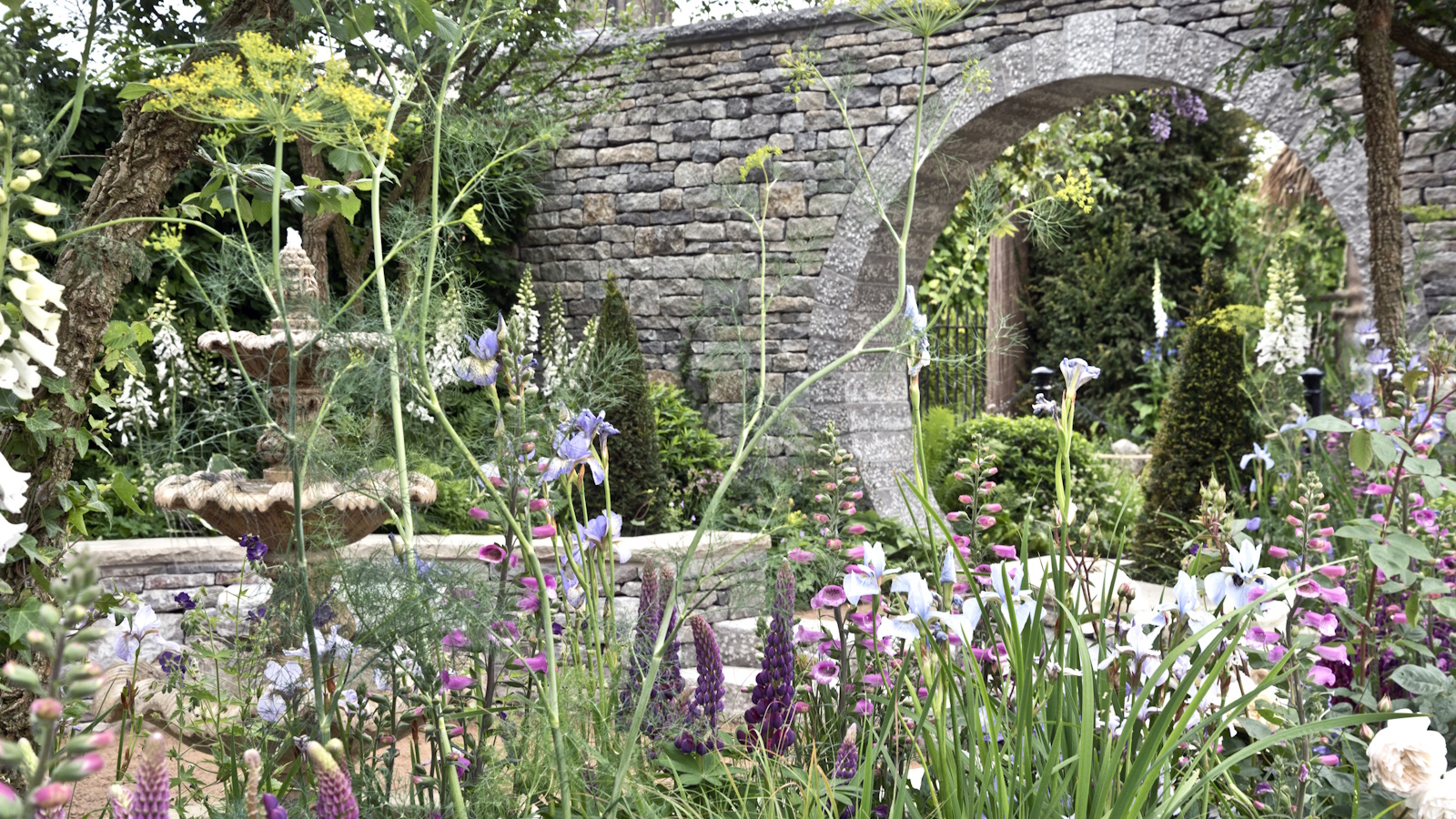
Bedding plants (think gaudy fuchsias, petunias, begonias, and lobelias, to name a few), have all fallen dramatically out of fashion. Whilst some think of them as classic, even kitsch, additions to hanging baskets, borders, and containers, for some of us, they will always be dated throwbacks that scarcely belong in the Municipal parks they are so often found in. Happily, there are many plants to grow instead of bedding plants that offer similar vigour and theatrics, so not all joy is lost.
Bedding plants, which mostly consist of annuals, are often thought of as great filler plants, and to plug unforgiving gaps.
Many annual flowers, biennials, and perennials would serve you and the local wildlife far more generously. Here are seven alternatives to bedding plants that we recommend you try, and wave goodbye to busy lizzies for good.
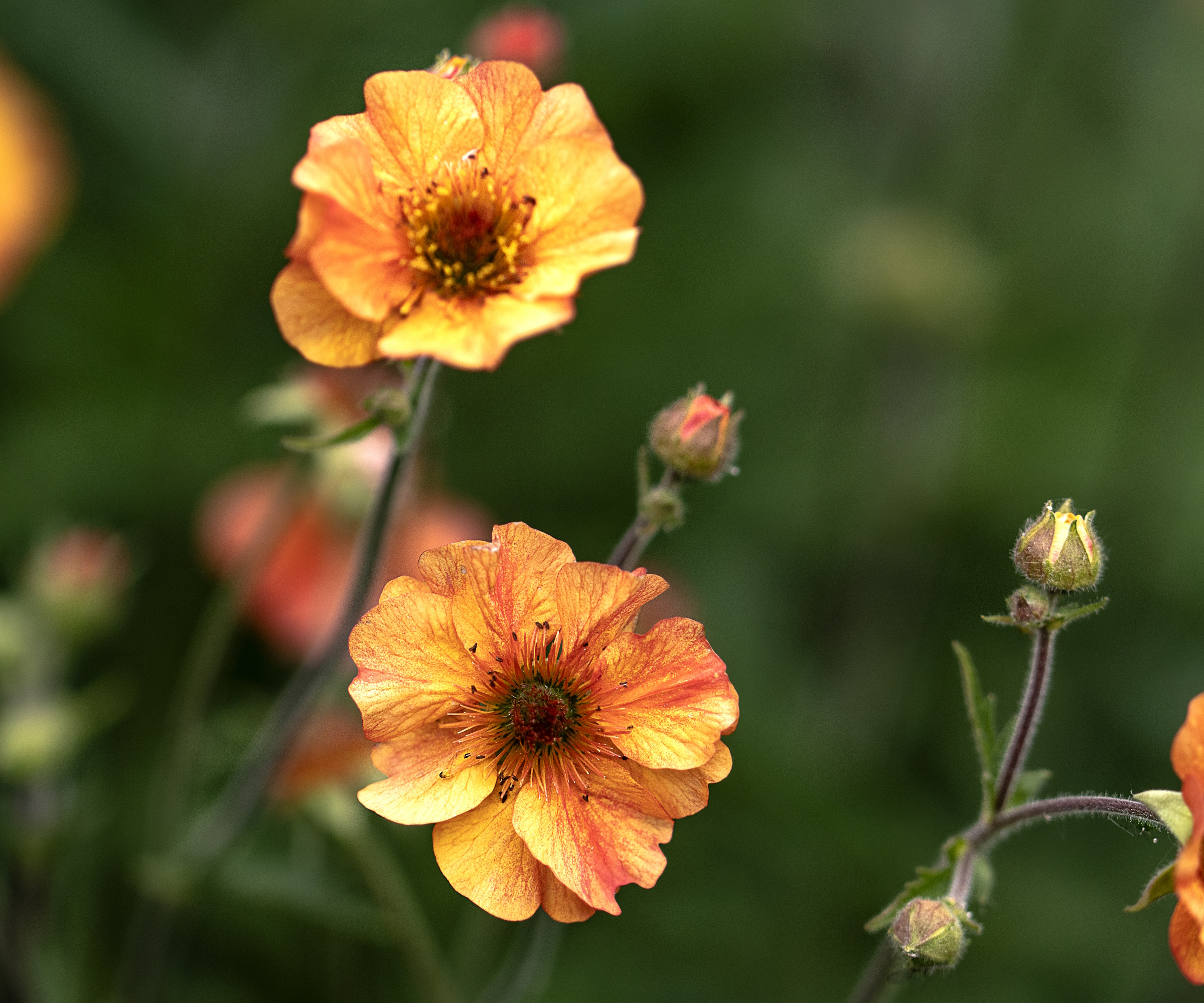
Seven plants to grow instead of bedding plants
Whilst bedding plants do offer a short-lived explosion of color, at what cost? Bedding plants are carefully bred to ensure total conformity, a process that involves a great deal of chemical fertilisers and intensely managed cultivation.
More often than not, they have dreadfully short lifespans, and most are bred to be sterile, with no pollen and therefore no benefit to wildlife at all. With this in mind, apart from putting on a showbiz display of ostentatious color, they offer no benefit to the garden's ecosystem whatsoever.
To my mind, this is the antithesis of what a garden should represent, and doesn't chime with our zero-waste gardening efforts, in the face of our era's sustainability challenges. Here are my seven bedding plant alternatives.
1. Salvia 'Roman Red'
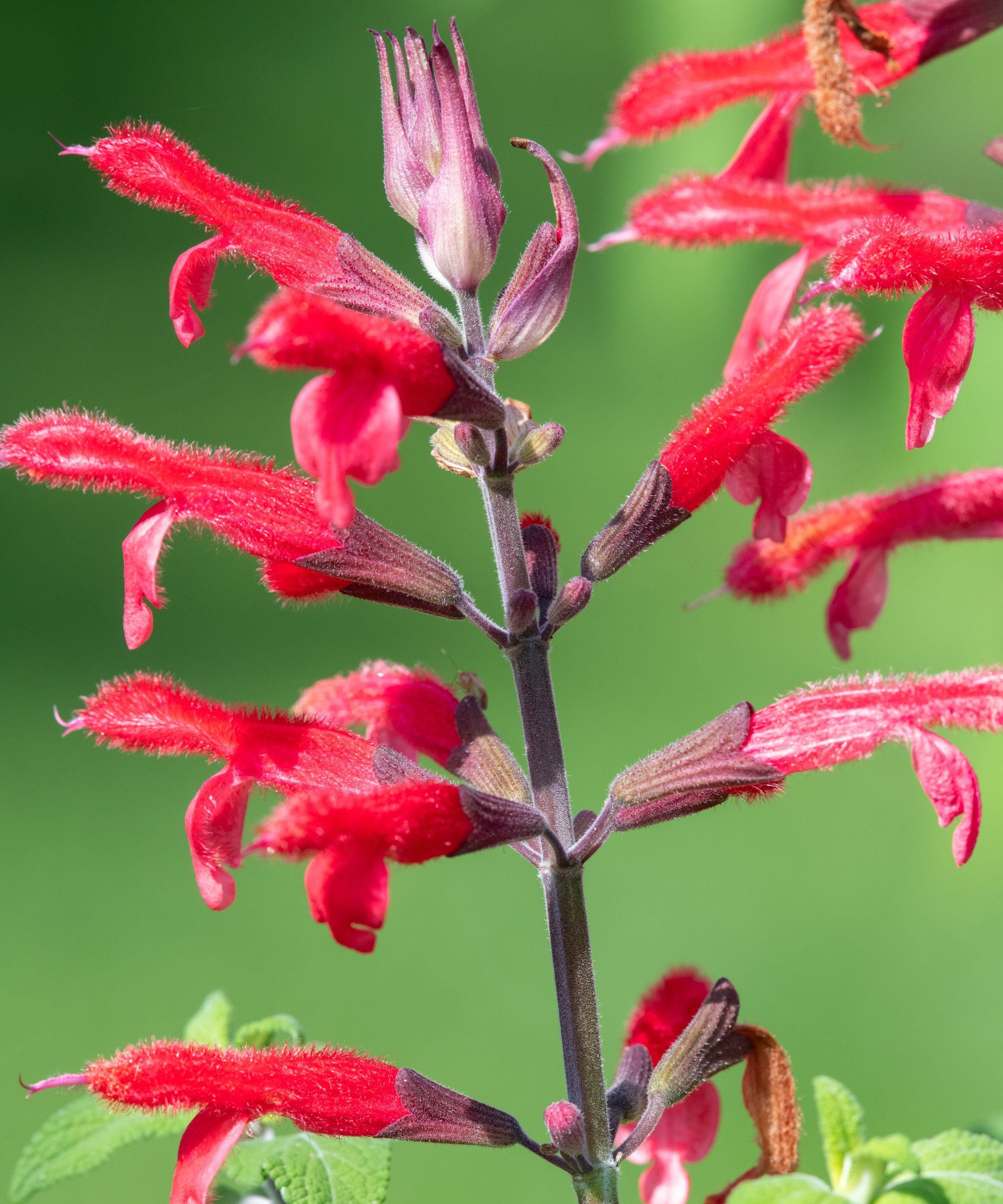
Salvia 'Roman Red'
Salvia is a huge genus, and from my experience, one of the very best plants for butterflies, which flock to any salvia I have ever planted as if in a trance.
Design expertise in your inbox – from inspiring decorating ideas and beautiful celebrity homes to practical gardening advice and shopping round-ups.
Salvias are also one of the best perennial plants for pots, as their varied structural nature adds softness and texture to plants that have a more shrubby backbone, like roses and hydrangeas.
The highly floriferous hardy perennial Salvia 'Roman Red' is a riot of the most sensational ruby red color, slender flame buds opening up within the most magnificent dark green foliage. If you keep deadheading it will flower non-stop right up to the end of fall, without any complaints.
Other magnificent types of salvia I grow in my garden are the bright and beautiful Salvia microphylla 'Wine and Roses' and my all-time favorite of the salvia varieties, Salvia microphylla ‘Delice Aquamarine’.
Height: Reaches a height of 28 to 34" (71 to 86 cm)
Best for: A burst of the most spectacular color brilliance and a butterfly magnet
2. Helenium
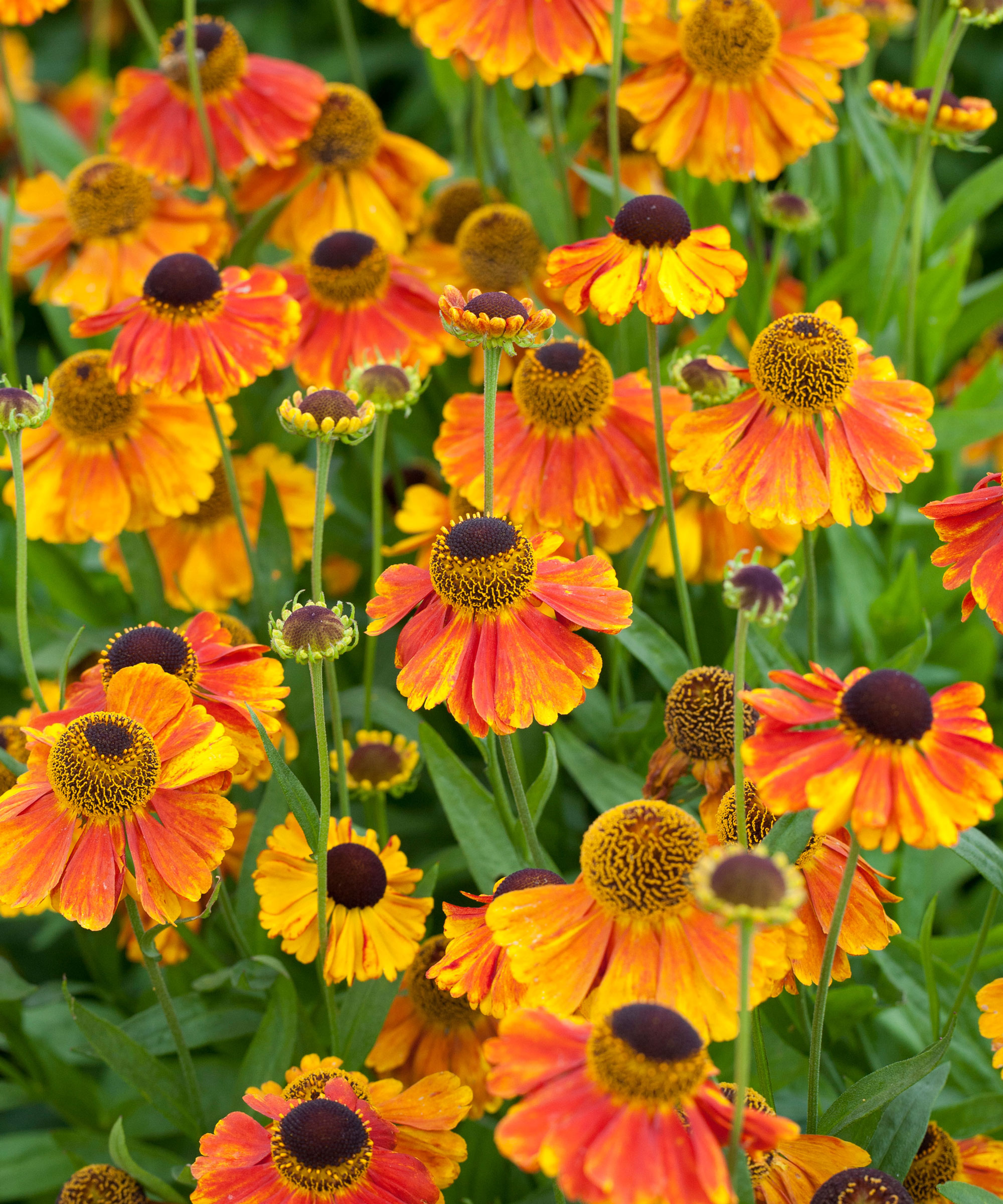
If you are partial to planting bedding daisies, which require disproportionate amounts of energy to grow and die at the end of the season, it is well worth substituting them for these long-flowering, hardy, herbaceous perennials, which return year after year.
Unlike outdated bedding daisies, which offer no particular known value to wildlife, helenium is a mecca for beneficial insects. Planted in great swathes, it will produce fat cushions of flower, like a net of orange shuttlecocks.
Both echinacea and helenium are used as butterfly and hummingbird nectar plants, and as such, I like to plant them together. You can buy a fantastic echinacea and helenium butterfly attractor mix from Eden Brothers.
Height: Typically grow to a height of 2 to 5 feet
Best for: Drama in the middle of a flower bed
3. Rose Campions (Lychnis coronaria)
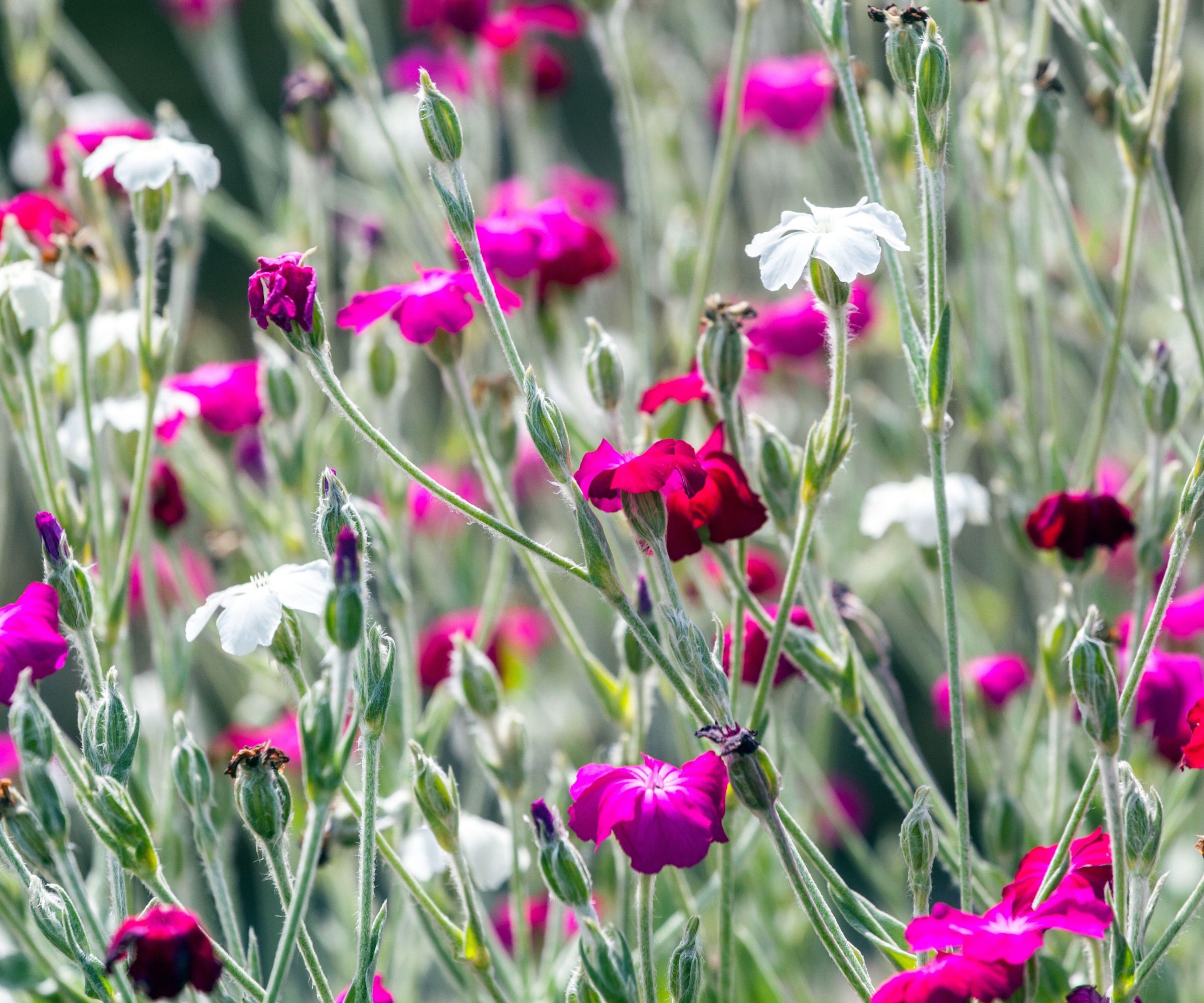
Rose campion (Lychnis coronaria) is always a delight to spot in any garden, with their vivacious rose pink flowers and charming woolly silvery foliage.
It earns its keep, being drought-tolerant and pleasingly low-maintenance. Planted en masse, rose campions are more visually captivating than even the brightest of bedding plants. Be sure to plant a good cluster of them together for maximum visual impact, or more of a cottage garden aesthetic, disperse them amongst plants such as scabiosa, napeta, and larkspur.
Rose campions are keen self-seeding flowers that will pop up throughout your flower beds without hesitation if allowed to, which, if you ask me, merely adds to their charm. Though you can easily control this with some summer deadheading.
You can buy them as potted plants or buy rose campion seeds like these from Amazon, which make it a modestly priced addition to the garden that works like a carthorse at lighting up the garden from June to October.
Height: Reaches a height of 36"
Best for: Attracting hummingbirds
4. Geum 'Totally Tangerine'

Geum 'Totally Tangerine'
Oh, the ever-optimistic sight of the dancing head of a geum plant. If you are ever looking for flower border ideas and want a border of hummocky, bee-filled gentleness, then geums are a must-have.
Whilst geums have long held their place in the garden design canon, Geum 'Totally Tangerine' has very quickly become the top contender, thanks to its particularly pretty marmalade coloring and scalloped petals. It has become an RHS Chelsea stalwart for its reliable and prolific flowering.
You can pick up Totally Tangerine at many local retailers. Other geums worth taking note of are Geum 'Blazing Sunset' from Nature Hills, which is a mesmerizing, deep, temptress-red that lures in swarms of honey bees, and the geum that makes for the most beautiful cut flower? Try Geum 'Mai Tai' from Great Garden Plants.
Height: Typically reaches a height of 36"
Best for: Filling the May gap - flowering early to add interest when the garden needs color
5. Geranium Rozanne
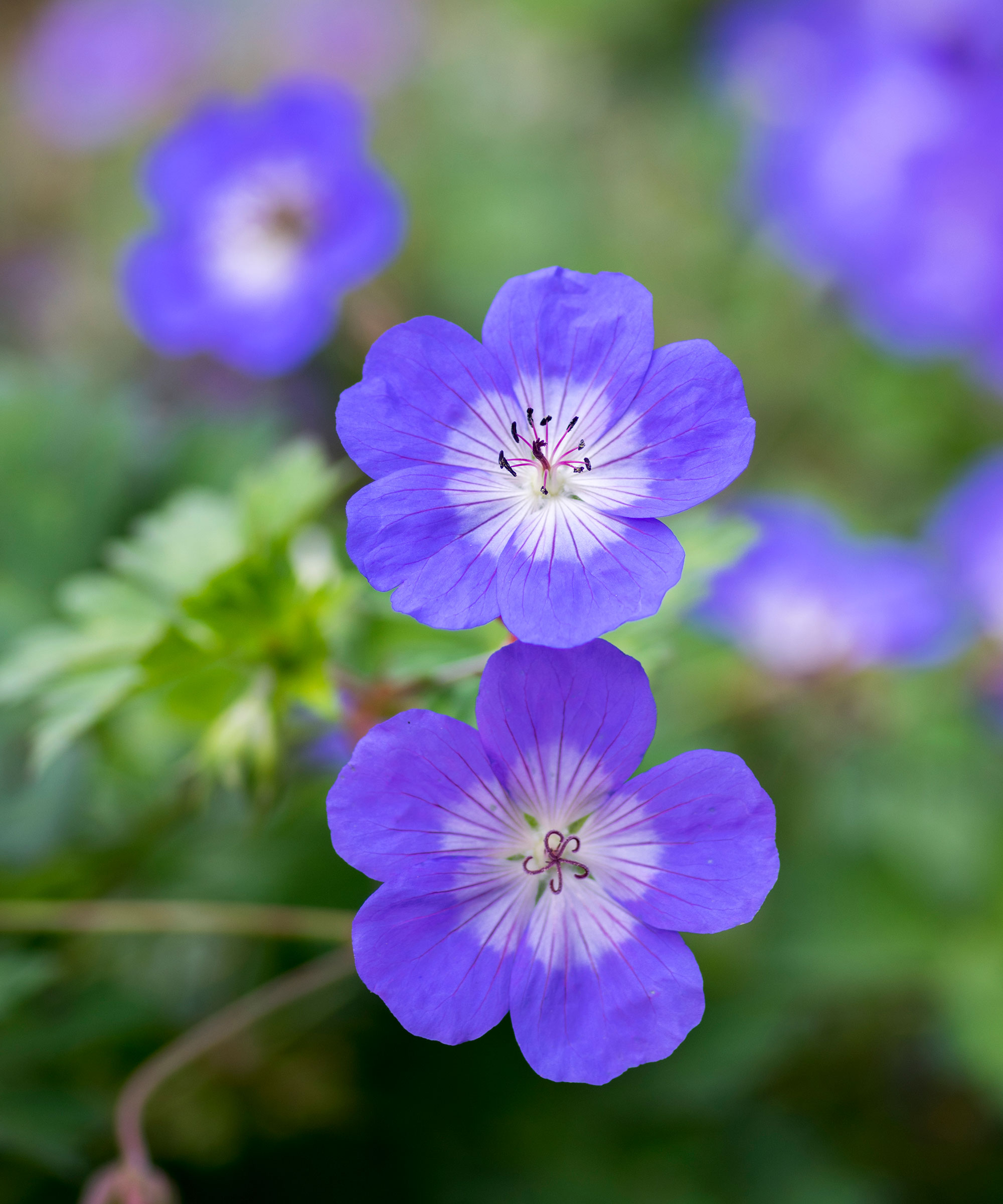
Geranium Rozanne is a firm favorite at RHS Chelsea Flower Show
Much loved for its vigorous growth, sprawling habit, and vivid violet-blue flowers, Rozanne is also one of the best geranium varieties for attracting bees, moths, butterflies, and other pollinators, since it is choc-full of nectar-rich pollen, there for the taking.
This geranium is elegant and uncomplicated; it can be used in borders, rock gardens, to underplant roses, or to spill seductively out of containers.
Combined with other blue tones, it is a catalyst that unites all the tones of the surrounding flowers in a harmonic sequence. Plant cunning successions of this plant at the front of the border, and they will do nothing but flourish. You can buy Geranium Rozanne as a garden-ready plant at Burpee.
Height: Typically reaches 20" in height
Best for: Long blooming period, from spring till the first frost
6. Dahlia 'Mystic Dreamer'
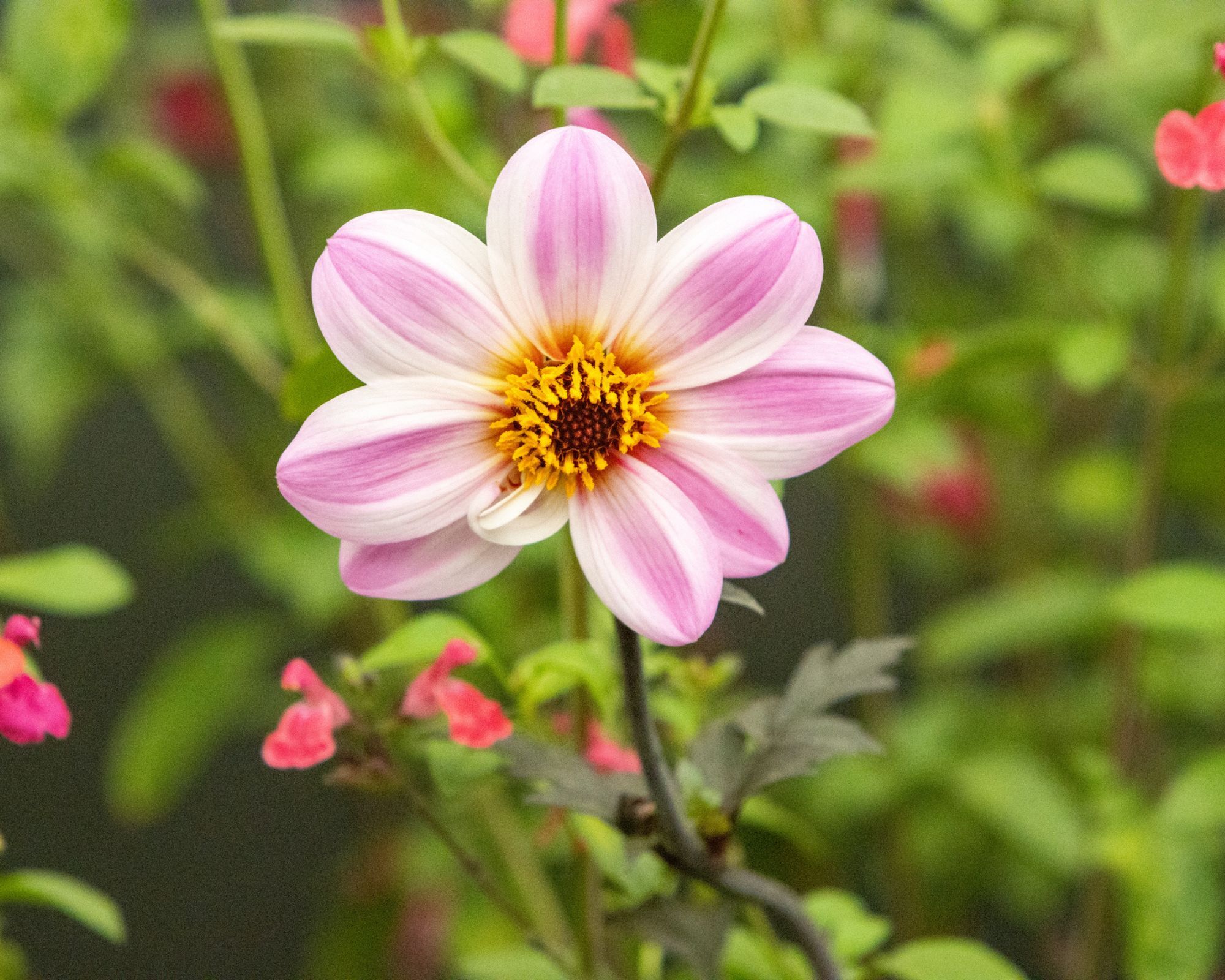
Dahlia 'Mystic Dreamer' has pretty pink and white petals and deep mahogany foliage
When weaning yourself off bedding plants, a good starting point is to introduce masses of dahlias.
All dahlia varieties are such givers in the garden, flowering their socks off for months and soaring to the sky with exaggerated grandeur.
Whilst it is impossible to pinpoint my favorite dahlia of them all, Dahlia 'Mystic Dreamer', available from Burpee, is a classic beauty. The flowers pop out from the most sumptuous dark chocolate brown, almost black, foliage, and since they're so easy for pollinators to spot, they are always teeming with feeding bees.
It will flower over and over again from May till the end of October, so long as you deadhead, and this cut and come again habit makes them one of the very best cutting garden flowers.
Height: Reaches a height of around 18-24" tall
Best for: Dazzling cut flower arrangements
7. Zinnia elegans 'Envy'

Zinnia 'Envy'
Zinnias are summer-blooming annuals, which are must-haves if you are planning a cut-flower garden. Thanks to recent breeding efforts, there are so many zinnia varieties available now in a dazzling array of jewel box colors.
In my opinion, adding hints of acid-green into a color palette always looks tasteful and unerringly chic. Although acid green might seem a rather arresting color, impact does not conquer grace, and it appears much more gentle and illuminating rather than imposing when in situ.
Zinnia 'Envy' is a firm favorite amongst our pollinator friends; it attracts ladybugs for pest control and needs little to no attention, and it won’t even need mulch. They are refreshingly easy to grow from seed, like these Zinnia 'Envy' seeds available at Eden Brothers.
Height: Reaches a height of around 24" tall
Best for: Attracting pollinators
Shop summer gardening essentials
Try one of these plants to grow instead of bedding plants, and you might be pleasantly surprised.
Beautiful plants should be aesthetically pleasing, but also serve a purpose; that's why it's important to think about the plants for pollinators as much as you possibly can. Not only will this be a boon to your garden's overall health and biodiversity, but where insects and pollinators dwell, beauty can be found.

Sophia Pouget de St Victor is the UK Content Editor at Homes & Gardens, bringing readers the latest trends, expert insights, and timeless design inspiration tailored to a UK audience. With a background in luxury interiors and a qualification in Garden Design from London, she has a passion for creating spaces with character and emotional depth. Sophia gravitates toward interiors that defy definition, valuing individuality and effortless elegance. She lives in West London with her partner, two mischievous terriers, and a plump cat named Lettuce.
